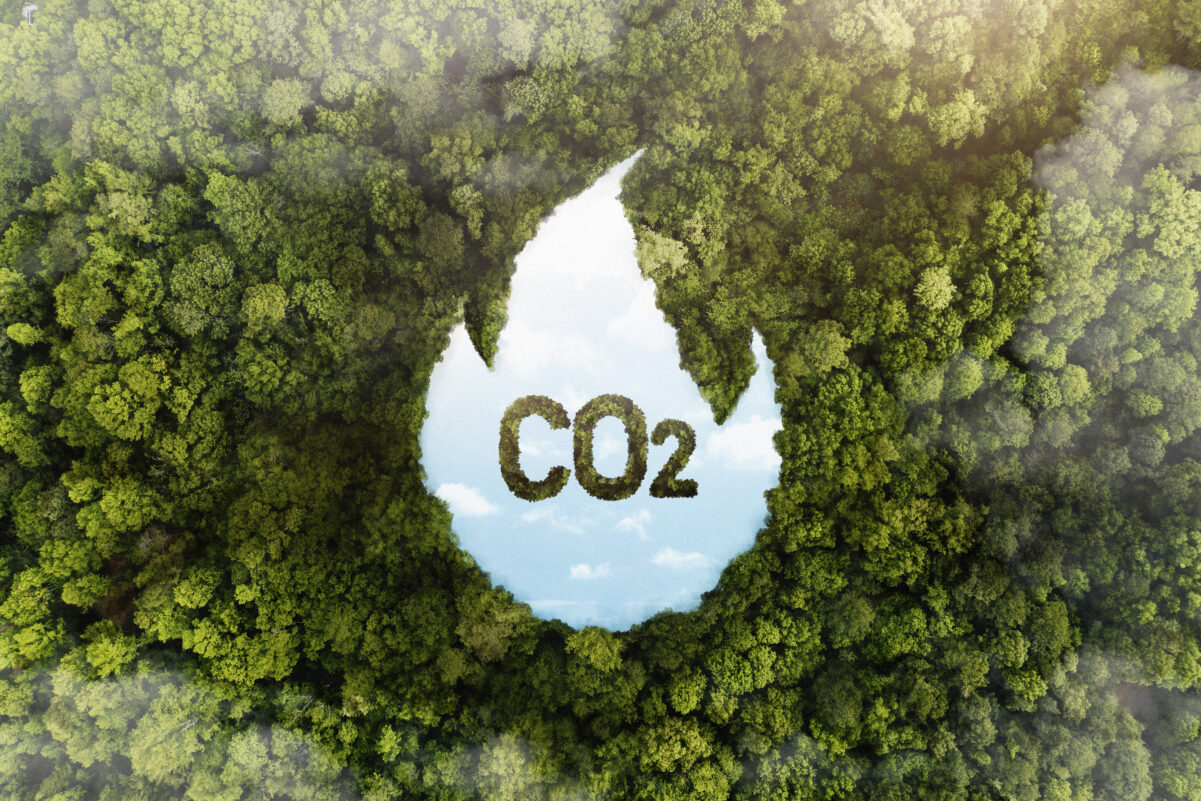
Can Ukraine’s Economy Withstand Its Climate Commitments? Businesses Call for Revising NDC-2 Amid Wartime
Since 2021, Ukraine has been declaring ambitious commitments to reduce greenhouse gas emissions. The country’s second Nationally Determined Contribution (NDC-2) under the Paris Agreement outlines a goal to reduce emissions by 68-73% by 2035 compared to 1990 levels. This is part of Ukraine’s formal obligations within the framework of the European Green Deal. But the war has changed everything destroyed factories, halted industries, energy infrastructure under fire, and an economy struggling to survive. Under these conditions, businesses emphasize that climate goals must be adapted to reality.
The European Business Association (EBA) has been publicly voicing concerns since 2023 about the impact of climate policy on Ukrainian industry during the war. Recently, the association once again called on the government to reconsider the parameters of NDC-2, arguing that the burden on the remaining functioning enterprises is disproportionate.
As stated in EBA’s message:
“Climate commitments should be realistic and feasible, so as not to create excessive pressure and further undermine the competitiveness of Ukrainian producers. The decarbonization of Ukraine’s economy and the achievement of climate targets cannot occur at the cost of deindustrialization and economic contraction.”
This is not just a request to delay implementation. Businesses stress that the state must set goals that can be met without destroying the foundations of its industry. The argument is clear many enterprises have already been physically destroyed, and others operate under extreme instability.
What Is NDC-2 and Why Does It Matter?
A Nationally Determined Contribution (NDC) is a document submitted by countries participating in the Paris Agreement, outlining their climate commitments. For Ukraine, this includes a goal to cut greenhouse gas emissions by 68-73% by 2035, a target set before Russia’s full-scale invasion.
Formally, the target remains unchanged. Moreover, the Ministry of Economy, Environment, and Agriculturereaffirmed these figures as benchmarks of national climate policy. But this is precisely what is now being contested.
In its analytical paper titled “Establishing and Implementing the NDC While Preserving Ukraine’s Economy”, EBA emphasizes that the state must take into account the consequences of the war. It’s not a rejection of environmental goals it’s a call for adapting them to current conditions.
What Has Changed?
Over the past two years, Ukraine has lost dozens of large industrial facilities. Many regions remain under occupation or ongoing hostilities. Under these circumstances:
- Industry is not functioning at full capacity.
- Many sectors are unable to invest in green technologies.
- A smaller number of functioning companies are bearing the burden of emission cuts.
In effect, current climate goals are based on a pre-war economic structure, which no longer exists. Simply put, the plans remain peacetime plans, while the reality is one of war.
Government Actions: Is There Dialogue?
Despite repeated calls from the business community, the government has not publicly announced any intention to revise NDC-2. On the contrary, the Ministry of Economy has announced several new initiatives, including:
- The National Energy and Climate Plan through 2030 (adopted in June 2024).
- A “Green Platform” a digital catalog of green financing programs.
- A memorandum of cooperation with the Stockholm Environment Institute (SEI), signed in 2024 for a three-year partnership.
Deputy Minister of Economy Andriy Telyupa stated:
“We aim not just to rebuild the country, but to make it more resilient, efficient, and aligned with European climate goals.”
Thus, the state continues to pursue a green development path, without a transparent mechanism for reviewing the NDC-2 targets.
Post List
What Has Been Achieved?
Ukraine has already reached over 75% of its planned emissions reduction, but this result is largely due to war-related deindustrialization rather than green transformation. The share of renewable electricity has reached 17.3%, but the stability of generation remains uncertain, especially with ongoing attacks on energy infrastructure.
The Office for Green Transition, established in October 2024, is designed as a platform for consultations and policy development. However, no public dialogue has emerged between the government and the industrial sector about revising the core parameters of NDC-2.
What Does Business Propose?
The business community is not opposing environmental transformation. But it calls for:
- Gradual implementation of climate targets;
- Support mechanisms for companies investing in decarbonization;
- Revisions to formulas used for calculating emissions and obligations;
- Fair burden-sharing, considering which companies are still operating and which are not.
These positions are outlined in an official appeal to the government, accompanied by analytical justifications.
Is a Compromise Possible?
The current situation requires flexible tools to adjust commitments, not just debate. Otherwise, Ukraine risks:
- Losing viable businesses that cannot meet unrealistic obligations;
- Failing to meet climate goals because they are disconnected from economic conditions;
- Undermining integration into the European Green Deal if balance is not maintained between environmental and economic needs.
The issue is not whether decarbonization is necessary it is inevitable. But the pace, tools, and distribution of responsibility must reflect current realities. This is not only the government’s job it’s a national task for a country fighting for its survival.















